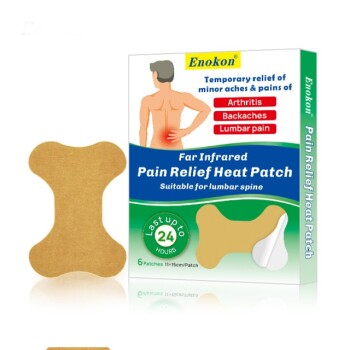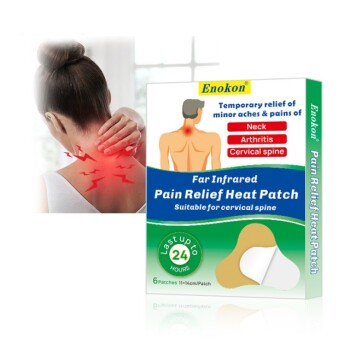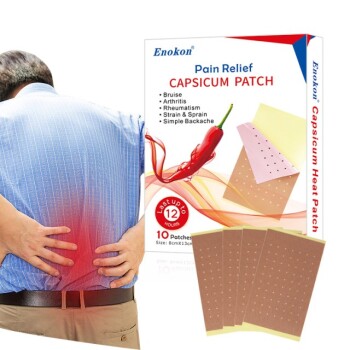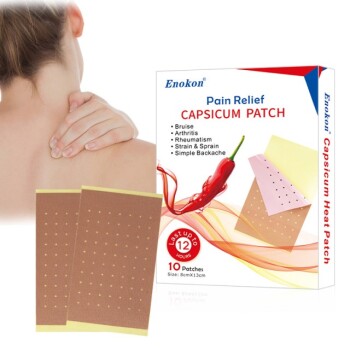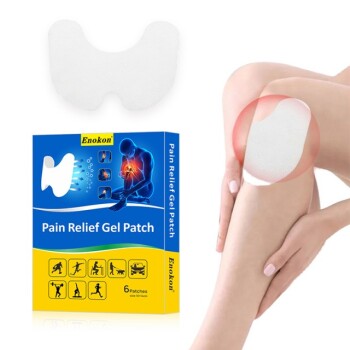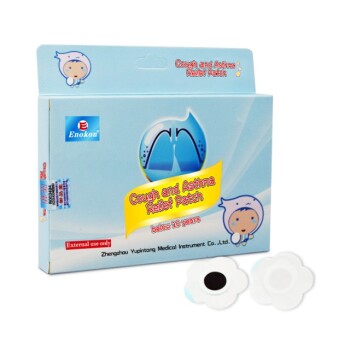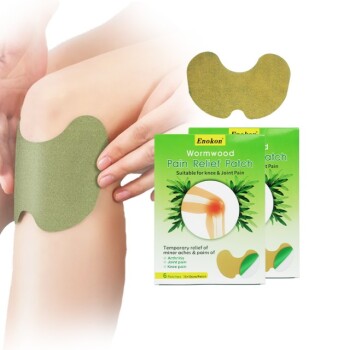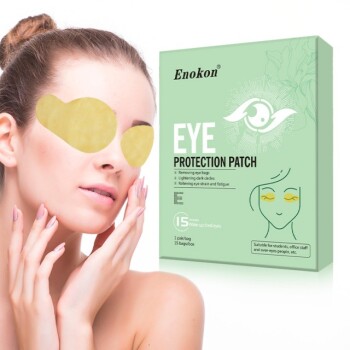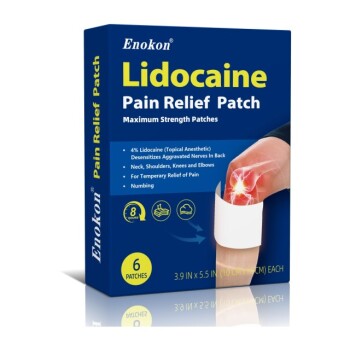Capsaicin in medicated heat patches works through a dual mechanism: it reduces pain signals by depleting substance P (a neurotransmitter involved in pain perception) and creates a localized warming sensation by irritating skin receptors. This transdermal therapy is particularly effective for nerve and musculoskeletal pain, with prescription-strength patches requiring professional application every 3 months. While providing therapeutic benefits, proper usage is crucial to avoid skin irritation—requiring clean, intact skin for application and avoiding contact with sensitive areas.
Key Points Explained:
-
Neurochemical Pain Blockade
- Capsaicin selectively targets and depletes substance P, the body's primary neurotransmitter for transmitting pain signals to the brain
- This depletion creates a temporary "numbing" effect at nerve endings (per the gate control theory of pain)
- Unlike oral painkillers, this localized action minimizes systemic side effects
-
Thermal Simulation Mechanism
- Activates TRPV1 receptors (the same receptors triggered by physical heat)
- Causes vasodilation that increases blood flow to the applied area
- Creates a counterirritant effect that distracts from deeper pain sources
-
Clinical Application Protocol
- Prescription-strength (Capsaicin Patch) requires healthcare professional administration
- Typical regimen: 30-60 minute application every 90 days
- Must be applied to clean, unbroken skin to prevent irritation
-
Safety Considerations
- Requires strict avoidance of mucous membranes (eyes/nose/mouth)
- Post-application water exposure (bathing/swimming) can increase irritation risk
- Glove use during handling prevents accidental transfer to sensitive areas
-
Patient-Specific Factors
- May cause temporary burning sensation (usually diminishes with repeated use)
- Not recommended for patients with chili pepper allergies
- Over-the-counter versions typically have lower concentration (0.025-0.1% vs prescription 8%)
The science behind these patches reveals how modern medicine harnesses natural compounds—transforming the fiery essence of chili peppers into precise neurological therapies that quietly reshape pain management approaches.
Summary Table:
| Mechanism | Effect | Clinical Consideration |
|---|---|---|
| Substance P depletion | Blocks pain signals at nerve endings | Requires clean, intact skin for application |
| TRPV1 receptor activation | Creates warming sensation and increased blood flow | Avoid mucous membranes and sensitive areas |
| Counterirritant effect | Distracts from deeper pain sources | Temporary burning sensation may occur |
| Prescription application | Professional administration every 90 days for lasting relief | Not for patients with chili pepper allergies |
Looking for high-quality, effective pain relief solutions? Enokon specializes in bulk manufacturing of transdermal patches and medicated plasters for healthcare distributors and brands. Our expertise in custom R&D ensures you get tailored solutions for pain management. Contact us today to discuss your needs and benefit from our technical know-how!
Related Products
- Far Infrared Pain Patch Relief Pain Reliever for Back
- Far Infrared Heat Pain Relief Patches Transdermal Patches
- Far Infrared Deep Heat Relief Patches Medicated Pain Relief Patches
- Heat Relief Capsicum Patch for Lower Back Pain Relief
- Far Infrared Knee Pain Patch Heat Patches for Pain Relief
People Also Ask
- How can someone switch to HRT patches from another form of HRT? A Smooth Transition Guide
- How do Deep Heat Pain Relief Patches provide pain relief? Targeted Heat Therapy for Lasting Comfort
- What are the common side effects of using the medicated heat patch? Understanding Risks & Safe Use
- What types of pain can the Deep Heat Pain Relief Back Patch be used for? Relieve Musculoskeletal Discomfort Naturally
- What are the key features of the Deep Heat Pain Relief Back Patch? Drug-Free, Long-Lasting Relief
